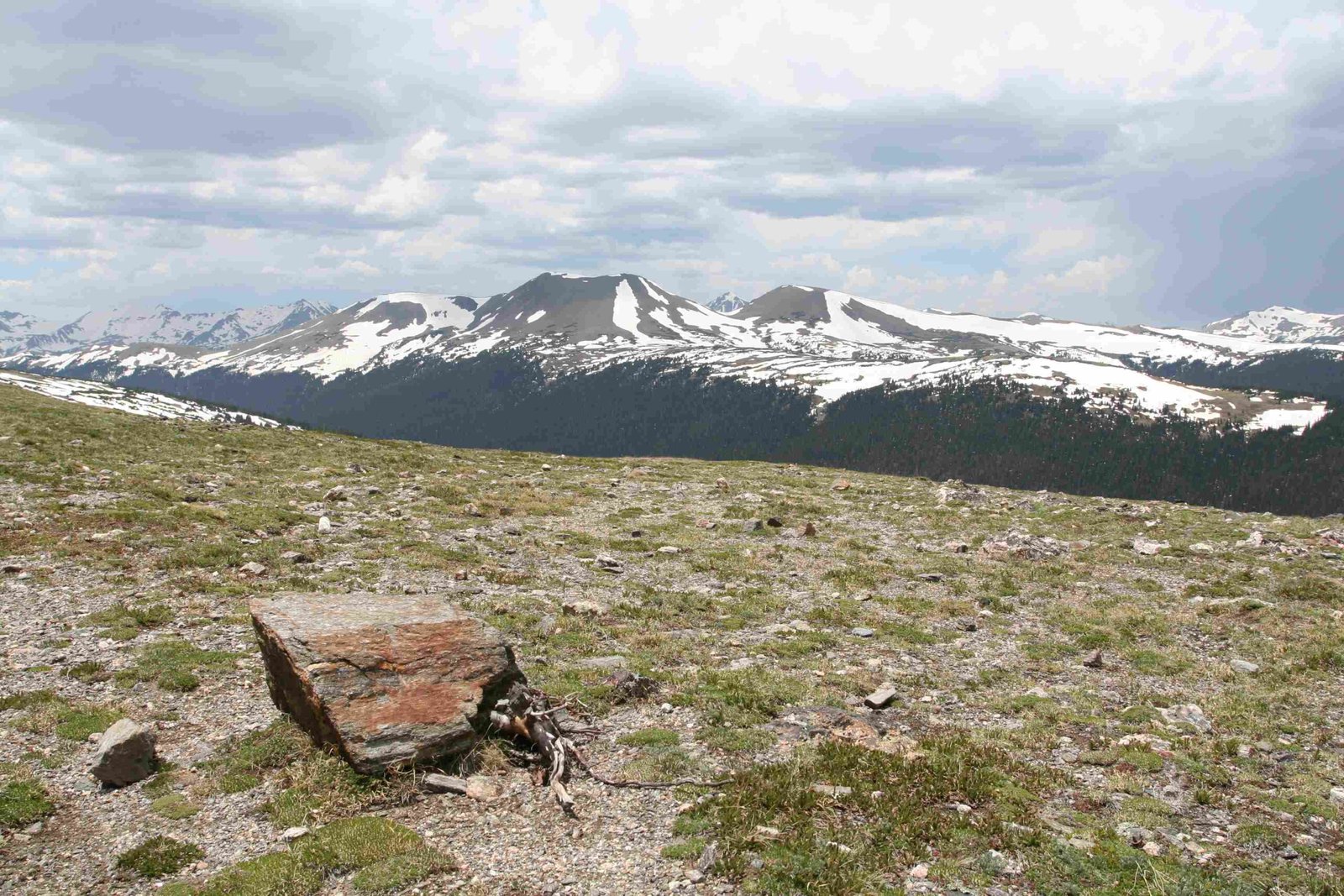Lawn Lake Dam in Rocky Mountain National Park was a man-made structure built in 1903 to enlarge a natural lake for irrigation purposes. The dam’s catastrophic failure in 1982 led to a devastating flood, causing loss of life and significant damage. Today, the area has returned to its natural state, offering visitors a unique glimpse into both human engineering and nature’s power. The site now serves as a popular hiking destination and a testament to the park’s rich history and ecological resilience.
What Was the Purpose of Lawn Lake Dam?

Lawn Lake Dam was constructed in 1903 by farmers from Loveland, Colorado, with the primary goal of increasing water storage for irrigation. The dam expanded the natural Lawn Lake from 16.4 acres to 48 acres, significantly boosting the water supply for agricultural use in the Loveland area. This expansion was crucial for supporting local farming activities and managing water resources in the region.
How Did the Lawn Lake Dam Disaster Unfold?

The Lawn Lake Dam disaster is a tragic chapter in the history of Rocky Mountain National Park. Here’s a timeline of the key events:
- 1903: Initial construction of the dam
- 1931: Dam expansion to increase capacity
- 1951-1978: Multiple inspections reporting maintenance issues
- July 15, 1982: Catastrophic dam failure
- Aftermath: Flood causing 3 deaths and $31 million in damage
The failure was primarily due to the deterioration of lead caulking between the outlet pipe and gate valve, leading to internal erosion of the earth-fill dam. This resulted in a massive release of 30 million cubic feet of water, creating a devastating flash flood.
What Are the Current Hiking Opportunities at Lawn Lake?
Despite its tragic history, the Lawn Lake area now offers excellent hiking opportunities. The Lawn Lake Trail provides visitors with a chance to explore the natural beauty of Rocky Mountain National Park while learning about its historical significance.
Key trail information:
– Trail Length: 6.4 miles round trip
– Elevation Gain: Approximately 1,000 feet
– Estimated Hiking Time: 4-6 hours round trip
– Trailhead Location: Near the intersection of Fall River Road and Old Fall River Road
The trail passes through diverse landscapes, including forests and meadows, offering stunning views of the surrounding mountains. Hikers can also visit the Alluvial Fan, a geological feature formed by the 1982 flood, providing a tangible reminder of the area’s dramatic history.
What Fishing Regulations Apply to Lawn Lake?
Fishing at Lawn Lake is regulated by Rocky Mountain National Park and the Colorado Parks and Wildlife Department. Here are the key points to remember:
- Permitted Fish Species: Brook trout, rainbow trout, and cutthroat trout
- Fishing Seasons: Generally year-round, but check for specific restrictions
- Required Licenses: Valid Colorado fishing license and park fishing permit
- Catch-and-Release Policies: May apply in certain areas
It’s crucial to check current regulations before fishing, as they may change to protect fish populations and maintain the ecological balance of the area.
How Has the Landscape Changed Since the Dam Failure?
The landscape around Lawn Lake has undergone significant changes since the 1982 dam failure:
- Return to Natural State: Lawn Lake has reverted to its original size and natural conditions.
- Formation of Alluvial Fan: The flood created a distinctive geological feature downstream.
- Ecosystem Recovery: The area has seen gradual recovery of native plant and animal species.
- Water Level Fluctuations: Lake levels now vary naturally with seasonal changes in precipitation and snowmelt.
These changes have transformed the area into a unique study site for geologists, ecologists, and environmental scientists, offering insights into natural disaster recovery and ecosystem resilience.
What Lessons Were Learned from the Lawn Lake Dam Disaster?
The Lawn Lake Dam disaster provided several important lessons:
- Importance of Regular Maintenance: Neglect of dam infrastructure can lead to catastrophic failures.
- Need for Stringent Inspections: Regular, thorough inspections are crucial for early detection of potential issues.
- Emergency Preparedness: The incident highlighted the need for robust emergency response plans in national parks.
- Environmental Impact Assessment: It underscored the importance of considering long-term environmental impacts of man-made structures in natural areas.
- Public Awareness: The disaster increased public awareness about dam safety and the potential risks associated with aging infrastructure.
These lessons have influenced dam safety regulations and park management practices not only in Rocky Mountain National Park but across the United States.
How Does the Lawn Lake Area Contribute to Rocky Mountain National Park’s Ecosystem?
The Lawn Lake area plays a vital role in the ecosystem of Rocky Mountain National Park:
- Habitat Diversity: The lake and surrounding areas provide diverse habitats for various plant and animal species.
- Water Source: It serves as an important water source for wildlife and contributes to the park’s overall water system.
- Geological Interest: The Alluvial Fan offers a unique opportunity to study geological processes and landform evolution.
- Research Opportunities: The area’s history and recovery provide valuable research opportunities for scientists studying ecosystem resilience and disaster recovery.
- Educational Value: The site offers visitors a chance to learn about park history, ecology, and the impact of human activities on natural environments.
By returning to its natural state, the Lawn Lake area has become an integral part of the park’s ecosystem, contributing to its biodiversity and ecological balance.
In conclusion, the story of Lawn Lake Dam in Rocky Mountain National Park is a powerful reminder of the delicate balance between human intervention and natural processes. While the dam’s failure was a tragedy, it has led to important lessons in dam safety and park management. Today, the area stands as a testament to nature’s resilience and offers visitors a unique opportunity to explore both the park’s history and its natural beauty.
References:
1. Lawn Lake Dam – Wikipedia
2. The Lawn Lake Flood | Denver Public Library Special Collections
3. Lawn Lake – Rocky Mountain – National Park Service

